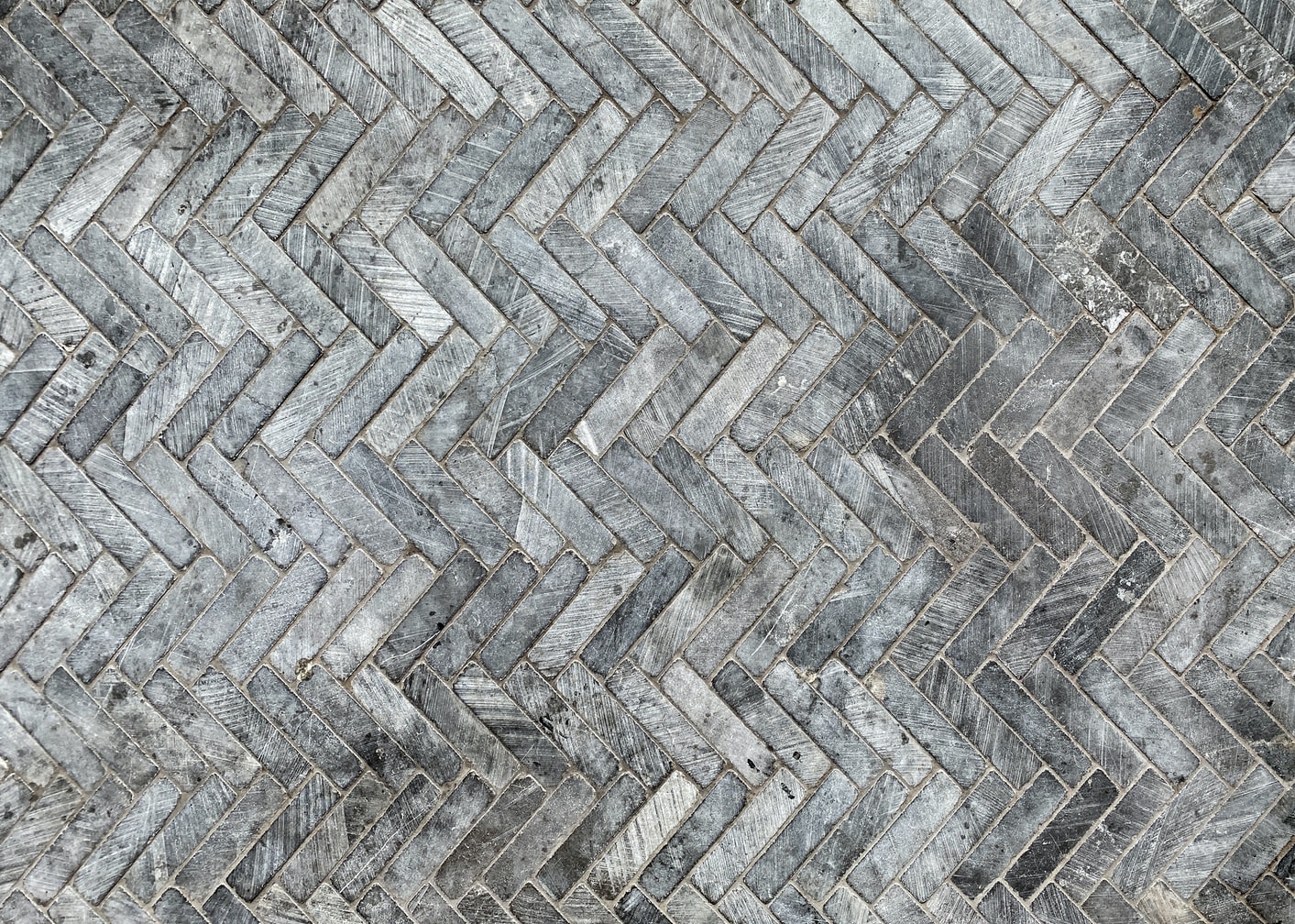
Prepare everything correctly if you want to learn how to install self-adhesive wall tiles for the best outcomes. The peel-and-stick method of wall tile installation is quick and efficient, as long as you do all of the necessary things and adhere to any relevant product instructions.
Here’s a quick rundown of what you need to know if you want to apply peel-and-stick wall tiles.
Take Measure of the Area You’ll Cover
It’s vital to be specific about how many sheets of self-adhesive tiles you’ll need to tile the particular room you’re decorating.
- Tiles can be self-adhesive and are available in square meter rolls.
- Each tile is 30mm square, with a 10mm border all around.
- The actual mosaic chip size is 25mm square.
To calculate the amount of space to be tiled, consider the dimensions listed above. You may even reduce tile sheets to make them smaller.
After you have obtained these measurements, you may purchase your self-adhesive tile sheets.
Surface Preparation
The surface onto which you’ll be sticking your tiles needs to be:
- Clean
- Smooth, and
- Level
Self-adhesive tiles may be used on curved surfaces as well as on top of old paint, wallpaper, and even existing tiles.
For all of these surfaces, however, you must make sure they’re properly smooth and spotless. Any unevenness or grease stains on the surface may influence how well the tiles adhere.
At this stage, you should prepare thoroughly to avoid unwanted difficulties or sorrow later. Use a degreaser designed for professional use. Before making any decision, ask about its compatibility.
When you’ve finished tiling the floor, make sure it’s completely dry before you install the tiles, otherwise, they won’t adhere.
Self-adhesive tiles are not suggested on the following surfaces:
- Unpainted plywood
- Stone
- Brick
- Stucco.
- Unfinished gypsum or plaster.
You may, of course, apply self-adhesive tiles to non- suggested surfaces after you’ve cleaned and prepared them; however, you’ll need to use a suitable primer first.
Paint primer is required for stone, brick, and plywood walls. Level the surface first, fill any holes, then apply a primer for plaster and gypsum walls.
Remove any texture from the stucco surface if necessary. Sanding it down is usually enough to do this. After that, you may use a primer.
Cut Your Tiles
When cutting tiles, you may use scissors or a utility knife, depending on the region you wish to cover.
To find the sheet size you’ll need to cover the area you’re tiling, cut along the tile joints. Make sure you note the order in which you’ll be applying the various little sheet pieces if you have several of them for specific sections of the surface.
If you need to cut the tiles, we recommend using a manual tile cutter.
Prepare the Tile Sheet
Tiles with a protective backing are Peel and Stick. Remove a small section of the Peel and Stick material from the sheet of tiles you want to install on the wall. Expose about 30mm of the adhesive sheet beneath, removing enough of the protective film to expose it.
Don’t remove the whole backing since this might make it difficult to move the tile sheet into position without sticking inadvertently to the wall.
Apply the Tiles to the Wall Surface
This is when the rubber meets the road. You won’t have many chances to get it right since these tiles are quite adhesive. Once you’ve pressed the tile against the surface, it will stay in place and shifting bent tiles isn’t as simple.
If you position the first tile piece against the wall correctly, you can then press down on it. Press down on the next 30mm of adhesive backing as well. Continue doing this procedure until all of the tiles have been properly positioned.
Follow these steps until you’ve completely covered your intended surface with self-adhesive tiles.
Grout Your Tiles
If you’ve attached specific kinds of self-adhesive tiles to your wall, you may skip this stage. Some lighter patterns don’t need grout to hold them in place securely. However, heavier tiles do. Fine grade grout is recommended for light materials such as these. Make sure you’ve got enough of it; the manufacturer’s instructions will tell you how much to use.
Use a rubber grout float to apply the grout. If any grout clings to the tile surfaces, use a soft cloth or sponge to remove it right away. Allow no time for the grout to dry on the surface. Without causing damage to the tile, it will be difficult to remove without using tools.
After you’ve finished grouting, you may clean your tiles thoroughly to ensure there are no dirt or grout left on the surface. Allow the grout to dry for between 24 and 72 hours.
Make Your Tiling Easy
Self-adhesive tiles are an excellent method to bring creative and colourful ideas to your interiors. They’re ideal for kitchen splashbacks and adding distinctive features to bathrooms. However, you don’t have to restrict yourself just yet. Make use of tiles to create vibrant feature walls in your hallway or recessed areas in your living room.
Give the spaces around mirrors a dramatic finish with tiled borders. Create zones to add depth and character to your home. The only limit is your imagination, and with self-adhesive wall tiles, the application is fast and easy. Before you know it, you’ll be able to sit back, relax and enjoy the results.
